The youngest country in Asia
Dili, Timor-Leste
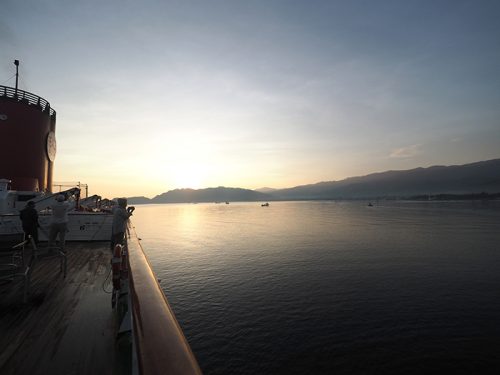
One of the unique features of Peace Boat cruises with their many ports of call is the ability to visit areas off the beaten track. Timor-Leste, a small country located to the south of Indonesia, may be one such place. It is the youngest country in Asia, having gained independence in 2002. Peace Boat made its first port call in 2000, just before independence, and has continued a friendship with the country including through the transportation of support goods. While the tourist attractions may not be famous internationally, the country’s natural scenery and encounters with its people are its most attractive features. We will introduce the highlights of Timor-Leste, the first country to gain independence in the 21st century, and its connection with Peace Boat.
The Youngest Country in Asia
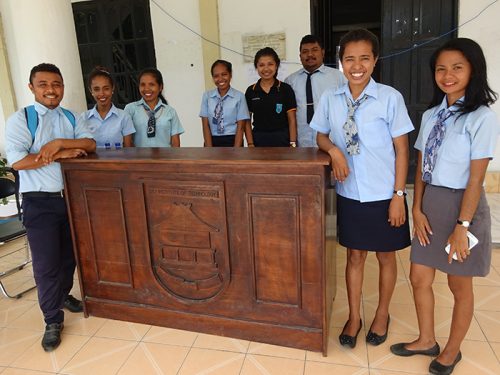
Located between Indonesia and Australia on the eastern tip of the Lesser Sunda Islands, Timor-Leste is mainly comprised of the eastern half of Timor Island. It was first colonised by Portugal in the 16th century, and following occupation by Japan during World War II, was annexed by neighboring Indonesia. Overcoming a long period of domination and oppression, Timor-Leste reached peace talks with Indonesia at the end of the 20th century. With the support of the international community, Timor-Leste was able to rebuild its nation and finally declared independence in 2002. Although unstable conditions continued after independence, the country is taking steps forward.
Timor-Leste and Peace Boat

Peace Boat first called at Timor-Leste in 2000, two years before independence. We delivered a variety of relief supplies, including stationery, clothing, sewing machines, and sports equipment. Young people from Timor-Leste joined a section of the voyage with us as well. When the ship called to Dili in 2018, former President José Ramos-Horta, who played a major role in independence, came aboard as a guest educator. Dr Ramos-Horta led the peace diplomacy of Timor-Leste’s independence movement and was awarded the Nobel Peace Prize in 1996. At sea, he spoke about the challenging history of Timor-Leste and the background of its independence.
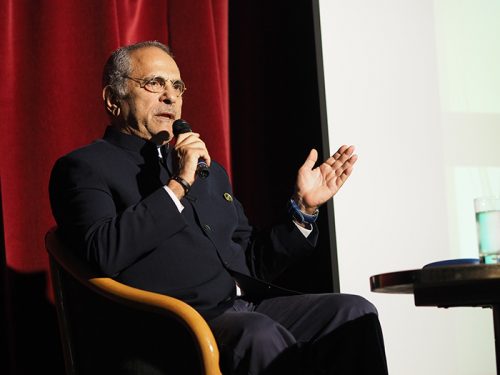
Throughout his lectures at sea, Dr Ramos-Horta emphasized the importance of persevering in action, believing that peace can be achieved. In order to achieve this, he said that it is important to have a heart that forgives the past. “We can never say, ‘Please forget,’ but we can say, ‘Please do not hate.’ If we are stuck in the past forever, we will never be able to move forward into the future. When we extended the hand of friendship to Indonesia, they turned around and accepted it.” Dr Ramos-Horta’s message, based on his efforts to build the nation and peace for Timor-Leste, deepens and enriches our impression of this beautiful country.
Charms of Timor-Leste
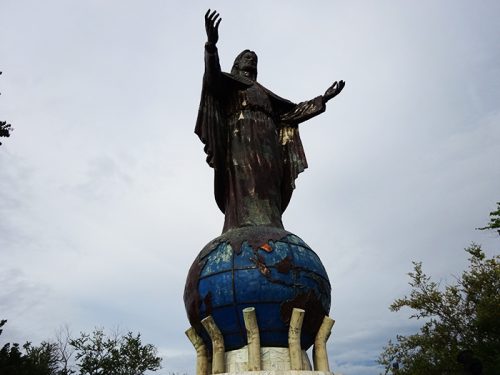
Timor-Leste is culturally influenced by Portugal due to its long history of Portuguese rule. Portuguese is the official language, along with the local Tetum language, and most residents are Catholic. On a cape on the outskirts of the capital city of Dili stands a huge 27-meter-tall statue of Jesus Christ. It is said to be the third largest in the world after the statues of Christ in Rio de Janeiro and Lisbon. The statue serenely looks down on the city of Dili. From the hill on which the statue stands, visitors can enjoy a magnificent and relaxing view of the blue sea and mountain ridges.
Exchange with Young People
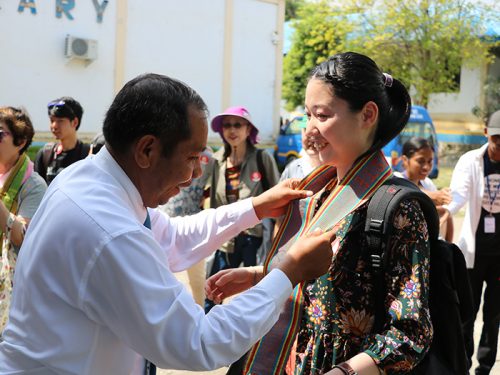
Timor-Leste is a country full of youth and energy, with approximately 70% of the population under the age of 30. It is a great pleasure to meet the young people who are the future of this country. Taking a bus from the port, we visit Dili University of Technology, which was established in 2002, the same year that the country became independent. Upon entering the university campus, each of us is given a “tais,” a traditional East Timorese textile, to wear around our necks as a sign of welcome. We go directly to the exchange venue. On the stage, a folk dance performance begins, in which men and women danced in pairs like a ballroom dance. The light and cute dance was greeted with loud applause.
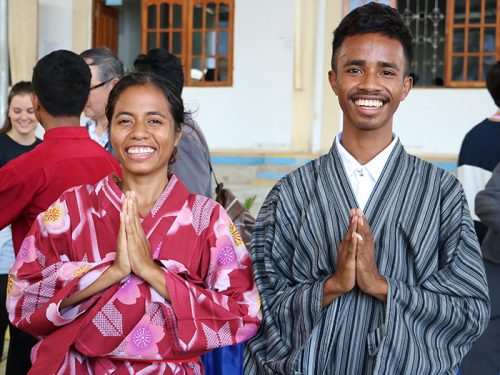
Next, Peace Boat participants introduce Japanese culture to the local students. In groups, we deepen exchanges through activities such as yukata dressing, origami, calligraphy, and so on. What may seem ordinary to Peace Boat participants is all new and fresh to the the local students. Even though they do not speak a common language, body language and hand gestures bring smiles to everyone. Taking pictures in yukata kimonos and writing their names in kanji characters were memorable moments for both sides. A cruise created through the connections that Peace Boat has cultivated over the years is a journey in which people welcome you to the places you visit for the first time. Dramatic encounters await you in Timor-Leste upon arrival on Peace Boat.
PHOTO:PEACEBOAT, Kataoka Kazushi, Matsuribi Toshitatsu, Mizumoto Shunya
